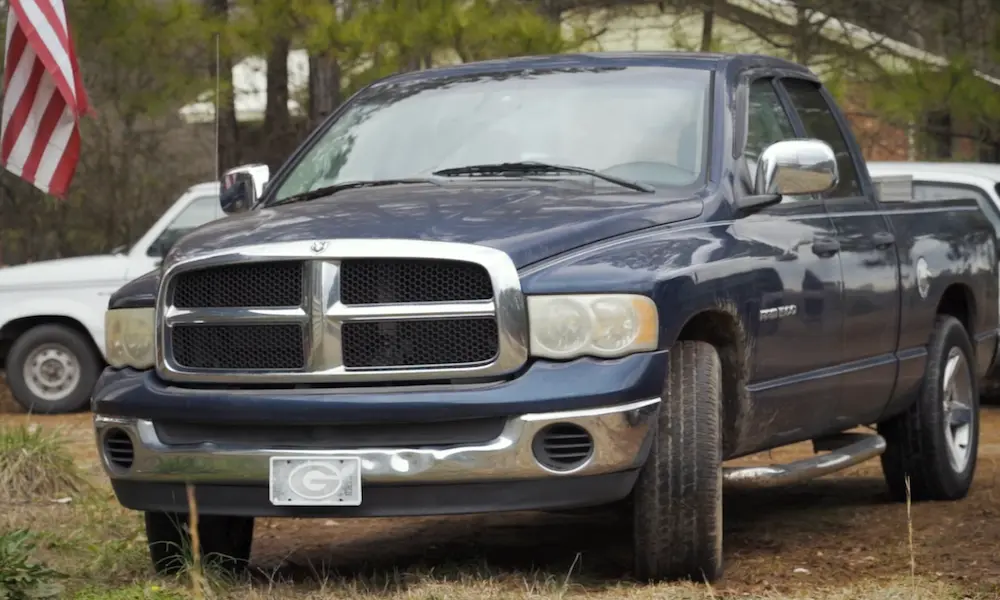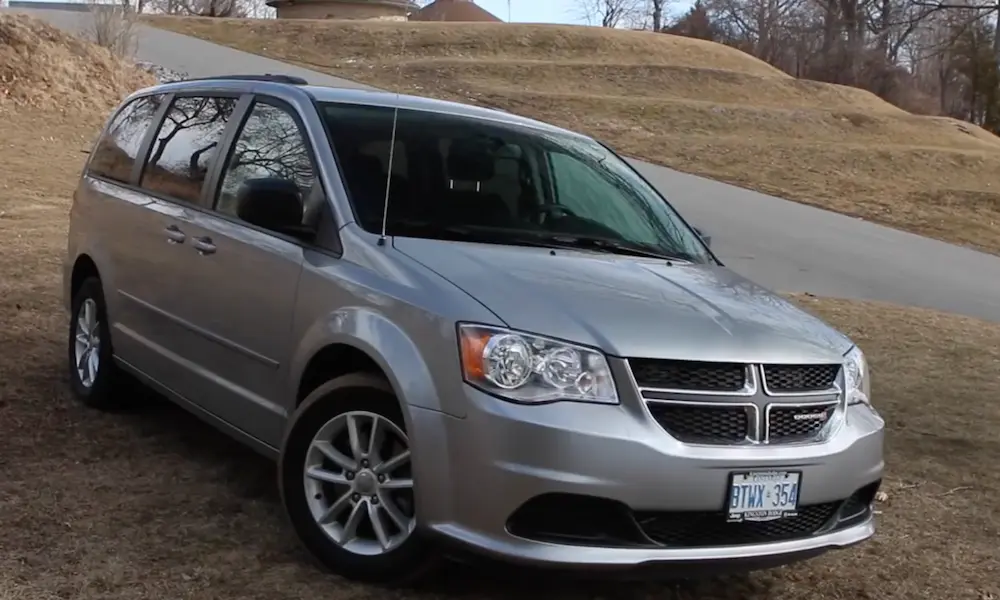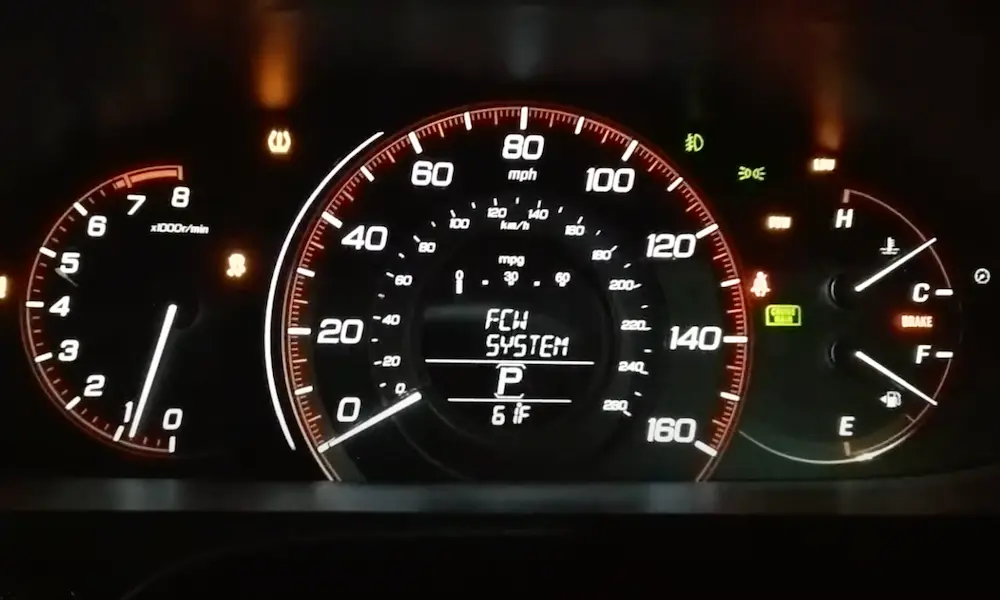Struggling to find the cabin air filter in your Ram 1500? Don’t worry, you’re not alone! The cabin air filter in most Ram 1500 models is located behind the glove box. Knowing this can save you both time and hassle. Stay with us, and you’ll learn how to access and replace it quickly, ensuring clean air inside your truck.
Locating the Cabin Air Filter in Your Ram 1500
To find the cabin air filter in a Ram 1500, you typically need to access it through the glove box or identify its housing on the passenger side. Here are the steps you need to follow.
Accessing the Filter Through the Glove Box
In the Ram 1500 models from 2019 to 2023, the cabin air filter is usually located behind the glove box. Start by opening the glove box. You’ll need to remove the glove box to access the filter compartment. Gently press in on the sides of the glove box to release the stops, allowing the box to drop down fully.
Once the glove box is lowered, you’ll see the filter housing. The housing cover is typically shaped like a small, flat rectangle. Remove the cover by unfastening the clips or screws holding it in place. Finally, pull out the old filter and replace it with a new one. Make sure to properly secure the housing cover and reattach the glove box when you’re done.
Identifying Filter Housing on the Passenger Side
Locating the cabin air filter housing can also be done by inspecting the passenger side dashboard. To find the filter housing, you’ll need to look underneath or behind the glove box area. In many Ram 1500 trucks, the housing is integrated into the HVAC system.
The filter slot is usually shaped like a short, fat “T.” You may need a flashlight to find it. Once located, follow the same steps to remove and replace the filter cover as mentioned earlier. Put everything back in its original place and ensure that the filter is properly installed to maintain optimal air quality in your vehicle.
Step-by-Step Guide to Replacing the Cabin Air Filter
Replacing the cabin air filter in your Ram 1500 involves removing the old filter and installing a new one. The process is straightforward and can be done with basic tools.
Removing the Old Cabin Air Filter
First, locate the glove box. Open it and remove any contents for easier access.
Next, you will need to remove the glove box. Pull the sides inward to release the tabs that hold it in place. This will allow the glove box to drop down, giving you a clear view of the cabin air filter housing.
Using a screwdriver or your fingers, release the clips or screws that secure the filter cover. You may need to use moderate force to carefully remove the cover. Once the cover is off, pull out the old cabin air filter.
Inspect the filter housing for any debris. Clean the area to ensure the new filter fits properly.
Installing the New Cabin Air Filter
Take the new cabin air filter out of its packaging. Make sure to note the airflow direction indicated by arrows on the filter.
Insert the new filter into the housing, following the arrows to properly align it. Push the filter gently to ensure it seats correctly.
Next, replace the filter cover. Align it with the openings and press it until the clips or screws click or lock into place.
Finally, reattach the glove box by aligning its tabs with the slots and pushing it back into position. Close the glove box and check to make sure it opens and closes smoothly.
You’re all set! You’ve successfully replaced your Ram 1500’s cabin air filter.
Tips for Maintaining Air Filter Efficiency
Keeping your Ram 1500 cabin air filter in top shape ensures optimal performance and clean air inside your vehicle. Below are key tips you need to consider.
Frequency of Filter Replacement
You should replace your cabin air filter regularly to maintain efficiency. Generally, it’s advised to do this every 20,000 miles.
Frequent driving in areas with high traffic or pollution may require more frequent changes.
If you often drive in dusty conditions, inspect your filter sooner. Replacing it on time keeps the air inside your truck clean and consistent.
Dealing with Specific Driving Conditions
Different driving environments can affect your cabin air filter’s lifespan. Dusty conditions and stop-and-go traffic can clog your filter faster.
If you live in an area with heavy pollution, you’ll need to monitor and change the filter more often.
Keeping an eye on the filter ensures you and your passengers always have fresh air.
Choosing the Right Air Filter
Choosing the right filter type is crucial. OEM (Original Equipment Manufacturer) filters are designed for your vehicle and ensure compatibility.
Alternatively, aftermarket filters can offer specialized options like carbon, charcoal, or HEPA filters. These provide enhanced filtration, especially useful in polluted areas.
Each filter type has its advantages. Select one based on your specific needs for optimal performance.
Common Questions Answered
If you are wondering about the benefits of knowing your Ram 1500 cabin air filter location, this section will help. These common questions will give you insights into symptoms, vehicle performance, and replacement options.
Symptoms of a Dirty Cabin Air Filter
A dirty cabin air filter can affect your driving experience. One of the first signs is a funky odor. This smell can become stronger when you turn on the fan. You may also notice reduced airflow from your vents. Dust and debris can cause these blockages. If you start to see particles on your dashboard, it might be time for a change.
How Cabin Air Filters Affect Vehicle Performance
A clean cabin air filter is important for your car’s performance. It helps improve gas mileage. When the filter is clogged, the engine works harder to pull air, costing you more fuel. Clean filters also make the fan work better, circulating air efficiently. This small, often inexpensive part can make a noticeable difference.
DIY vs. Professional Air Filter Replacement
Replacing the cabin air filter can be a simple task you do yourself. It’s often cheap and doesn’t require expert skills. You can follow guides, like this one, to replace it easily. If you’re not comfortable opening your vehicle’s compartments, a professional can help. Sometimes, they can identify other minor issues during the replacement process.
Additional Considerations for Ram Truck Owners
When dealing with cabin air filters, it’s important to consider specific details for different Ram models and how these filters can impact performance and towing.
Specifics for Different Ram Models
Different Ram models, such as the 2008 Dodge Ram 1500 and Ram 2500, have varied setups for cabin air filters. For example, the 2008 Dodge Ram 1500 has its filter located behind the glove compartment. You might need tools like a box cutter to reach the filter housing in some models. Understanding where to find and how to replace the filter can save you time and effort.
SLT and other trims may also have different requirements. It is essential to refer to your owner’s manual or consult online guides to make sure you’re following the right steps for your specific model. Some filters may not be easily accessible and might require modifications.
Impact of Air Filters on Towing and Performance
Your cabin air filter affects not just the air quality inside your truck but also the overall performance and towing capabilities. A clean filter ensures better HVAC efficiency, which in turn can help maintain the engine’s performance. If the filter is clogged, it can strain the air conditioning system, making it harder to keep the cabin cool while towing heavy loads.
For those using their Dodge Ram 1500 or Ram 2500 for tasks that require high towing capacities, maintaining a clean cabin air filter is crucial. It directly impacts your truck’s efficiency and can indirectly affect fuel consumption. By keeping the filter clean, you ensure a more comfortable and effective ride.














